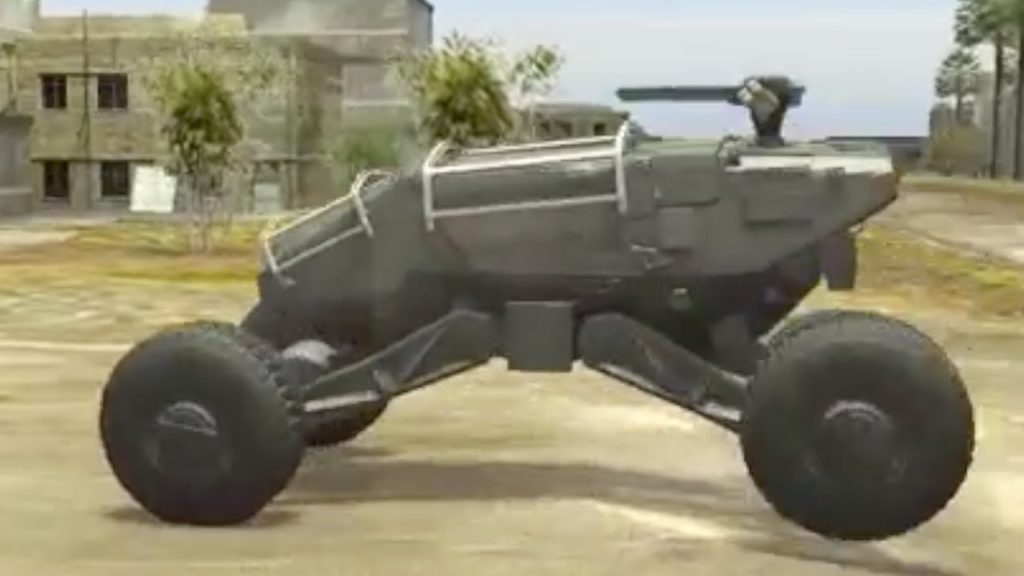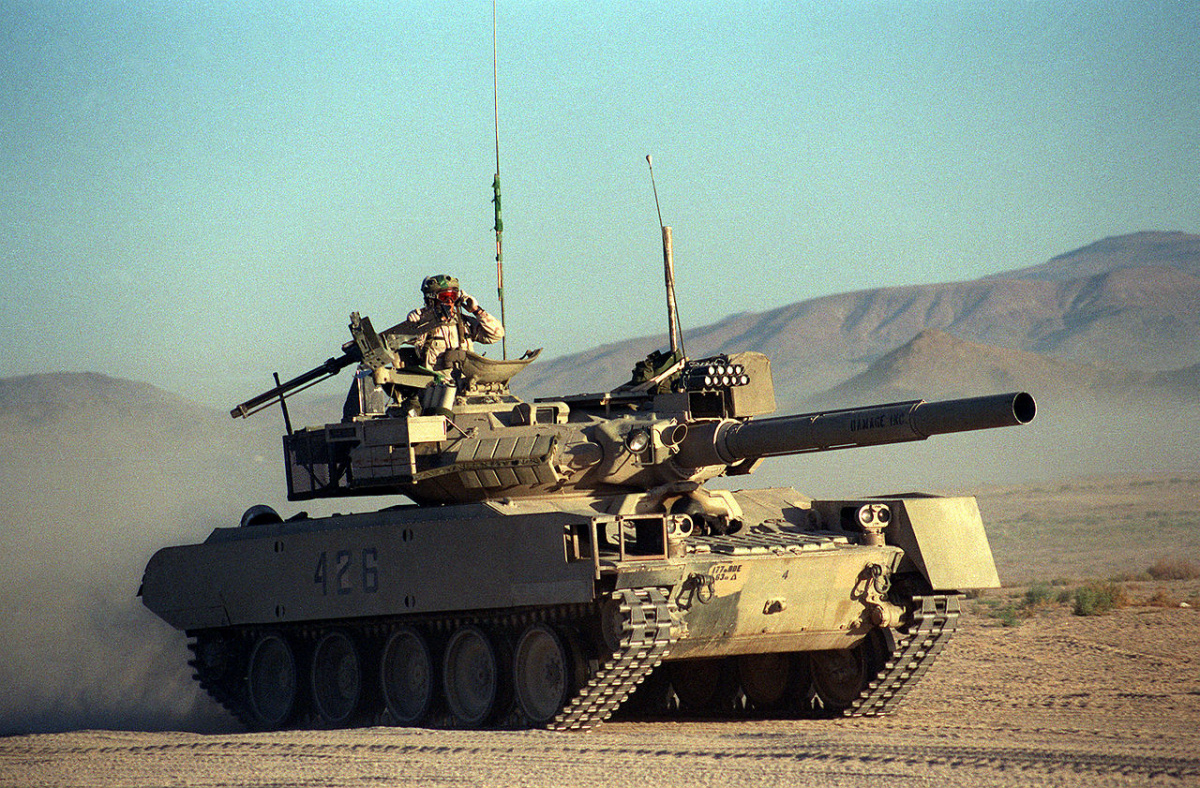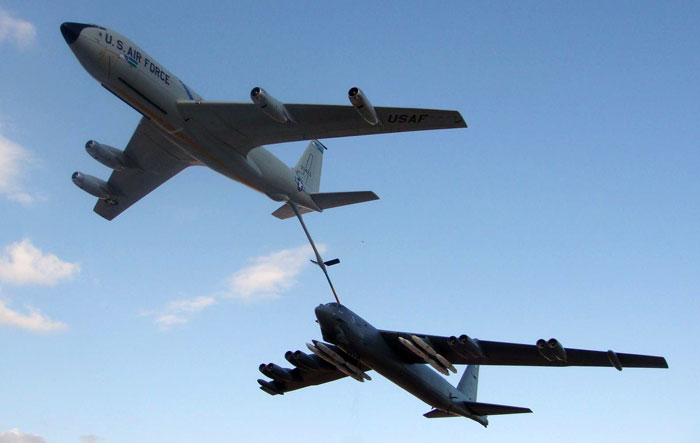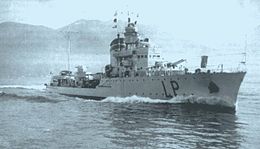Moving onto the fifteenth lecture from Professor Michael Spagat’s Economics of Warfare course that he gives at Royal Holloway University. It is posted on his blog Wars, Numbers and Human Losses at: https://mikespagat.wordpress.com/
This lecture addresses the impact of global warming on armed conflict over time. If you happen to be one of those who believes that global warming is pseudo-science/a scientific hoax/an excuse to troll for research $$$/an invention of Al Gore/a liberal plot/a religion/a Chinese plot/obviously false because it was cold yesterday/and so forth…..then probably best to stop reading. On the other hand, we have done some proposals on measuring the impact of climate change on violence and consider this a legitimate area of study. Our attention was drawn to the subject over a decade ago when a CNA (Center for Naval Analysis) paper came out that postulated that global warming could result in more violence. This conclusion does not appear to have been based upon any analysis of data, just the assumption that as things get worse (in the environment) then things are going to get worse (with armed conflict). Of course, going back to Feierabend & Feierabend (and I do go back to them a lot)….poorer counties had less political violence than developing countries. Therefore, it does not necessarily follow that worse environmental and economics conditions results in more violence. The effect may be the reverse, which is that declining conditions may actually result in a reduction of violence. We really don’t know. Trying to examine these effects analytically was the gist of my proposals on the subject, but sequestration happened and budget for anything seemed to disappear.
So….first two sentences of Dr. Spagat’s slides are
“There is a strong scientific consensus that the Earth is getting warmer over time.”
“It is reasonable to imagine that a side effect of global warming could be an increase in armed conflict over time.”
Slide 2 looks at possible channels that could lead to conflict
- Dwindling food supply
- Dwindling water supply
- Sea Level changes causing migration.
On slide 3 he then addresses a study by Burke and others that attempt to address these concerns using a cross-country regression approach and linear probability model.
On slide 5 the results are summarized as “…an increase of 1 degree centigrade for a particularly country in a particular year is associated with a 0.0447 increase in the probability of there being an ongoing civil war….”
and on slide 11 as: “This means that Burke et al. predict that 15.8-17.1% of the countries in Sub-Saharan Africa in 2030 will suffer from big civil wars rather than the 11% that would occur without the warming climate.”
and on slide 16 as: “Burke et al. go on to predict 393,000 excess battle deaths caused by climate change…” (my bolding). Dr. Spagat then examines this number in the next two slides. It doesn’t sound like he fully accepts it.
Now, Burke based his study on the period from 1981-2002. One of Dr. Spagat’s TAs then used the model to make predictions from the period 2003-2013. There is nothing like trying to use a model to predict the past. It sort of shows whether it really works or not. This was the reasoning because the Ardennes Campaign Simulation Data Base and the Kursk Data Base that we did (they were model validation data bases). It is related in concept to what I did in America’s Modern War, pages 65-68 when I tested my logistics probability model back to the 68 cases used to create the model and tried to figure out for each case why the model was predicting wrong. Once you have a model, there are lots of things to test it to in the past. If you can’t predict the past, you may not be able to predict the future.
Anyhow, the results are on slide 19 and summarized in slide 20 as
- “There are 414 “no war” predictions…A war actually happens in 11 out of these 414 cases.”
- “There are 37 predictions of “war”. War actually happens in 7 out of these 37 cases.”
Not sure I am any smarter at this point, but I am certainly amused.
His final point is “The Burke et al. model seems to be of some use in predicting wars although it seems have a general tendency to predict war too often.”
And then Dr. Spagat TA test how important the temperature variable is for making these predictions, so takes the temperature variable out of the model !!! This produces a table (slide 21) that is almost identical to his original table. The impact of removing the temperature from the model is that it produced five more false positives (predicted wars that did not happen). I am even more amused.
Spagat’s conclusion (slide 22) is “…They mean that temperature is not very useful for predicting civil war….”
This is a good point to stop…I will pick up the rest of this lecture in another post. The link to the lecture is here: http://personal.rhul.ac.uk/uhte/014/Economics%20of%20Warfare/Lecture%2015.pdf







